
When using a wireless mouse, connection issues may arise, disrupting your experience. This guide offers common solutions to help you quickly restore your mouse's functionality.
1. Update Drivers
Connection issues may be related to outdated or corrupted drivers. Updating the drivers is a crucial step in resolving such problems. It's recommended to use Driver Sentry for automatic driver detection and updates, ensuring a hassle-free and error-free installation process.
Download the latest version of Driver Sentry, install it, and open the software. Click on "Scan".
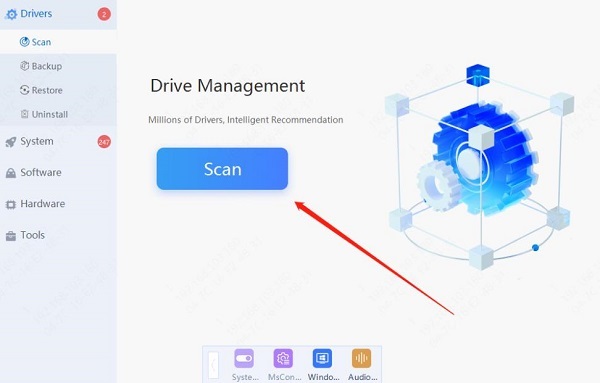
Once the scan is complete, find the mouse driver in the list of drivers that need updating or installing, and click "Update".
After updating, restart your computer to ensure the newly installed drivers take effect.
2. Check USB Receiver Connection
Ensure that the USB receiver is securely plugged into your computer's USB port.
Try plugging the receiver into different USB ports to rule out port malfunction.
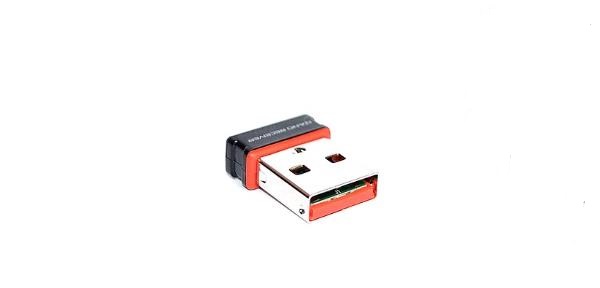
If your computer has multiple USB ports, use a port close to where you're using the mouse to improve signal reception.
If you're using a USB hub, try plugging the receiver directly into the computer to eliminate any issues with the hub.
3. Check Battery Levels
If your mouse has a battery indicator light, check if it's on or blinking. No light might indicate a low battery.
If your mouse uses replaceable batteries, swap out the old batteries for new ones.
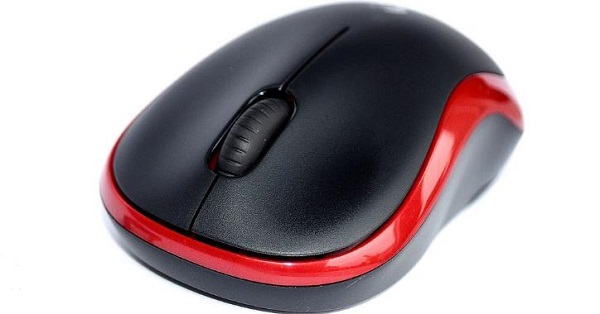
If your mouse has a built-in rechargeable battery, charge it using the appropriate cable until fully charged.
Once charged or with new batteries, check if the mouse now connects properly.
4. Check the Mouse's Pairing Mode
Look for a pairing button on the back or bottom of your mouse, and press it for a few seconds until the indicator light starts blinking, signaling that the mouse is in pairing mode.
For Bluetooth-enabled mice, go to your computer's "Bluetooth & Other Devices" settings, choose "Add Bluetooth or other device", and select your wireless mouse to pair.
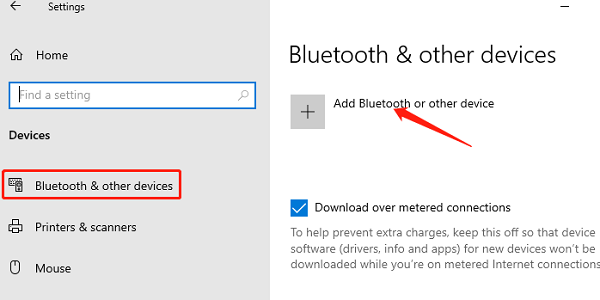
Make sure the mouse is near the receiver or Bluetooth area to avoid distance issues during pairing.
After pairing, test the mouse to see if it connects successfully.
5. Restart Your Computer
Click the "Start" button in the lower-left corner of the screen and choose "Restart" from the shutdown options.
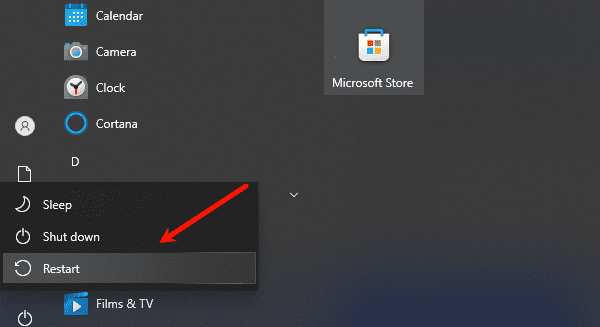
Wait for the computer to fully reboot.
After restarting, attempt to reconnect the USB receiver or re-pair the mouse to check if the issue is resolved.
6. Check for Wireless Signal Interference
Check if there are obstacles, especially metal objects or large items, between the mouse and the receiver. Remove these to ensure clear signal reception.
Plug the USB receiver into a port closer to the mouse or use a USB extension cable to place the receiver right next to the mouse to reduce interference.
Avoid placing the mouse near Wi-Fi routers, smartphones, or other wireless devices that might interfere with the mouse's signal.
Test the mouse in different environments to ensure there's no significant wireless interference.
7. Replace the Device
Try connecting the wireless mouse to another computer or device to see if it works properly. If not, the issue may lie with the mouse itself.
Test another wireless mouse on your original computer to see if it works. If another mouse works fine, the issue might be with your current mouse or its receiver.
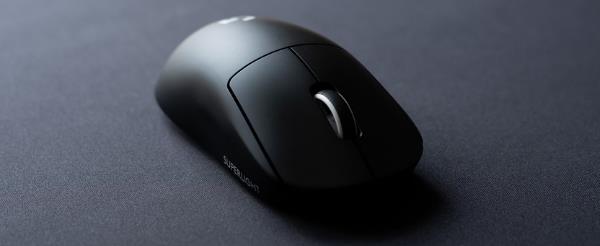
If the mouse is confirmed to be faulty, consider contacting the manufacturer's support or replacing the device.
Using the methods outlined above, you can effectively resolve wireless mouse connection issues, ensuring smooth operation. If the problem persists, seeking professional help or replacing the device may be the best option.
See also:
6 Methods to Fix Bluetooth Speaker Not Working
How to Download and Perform a Clean Installation of Windows 11